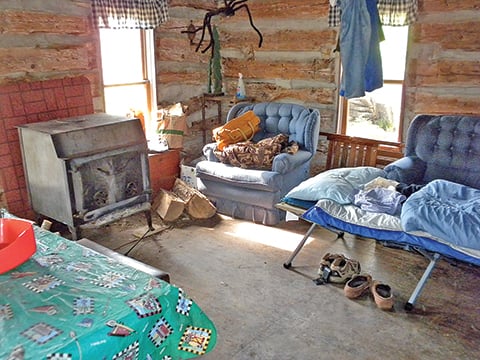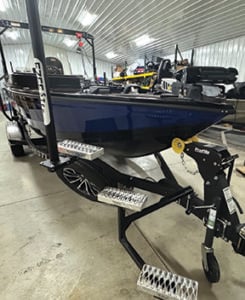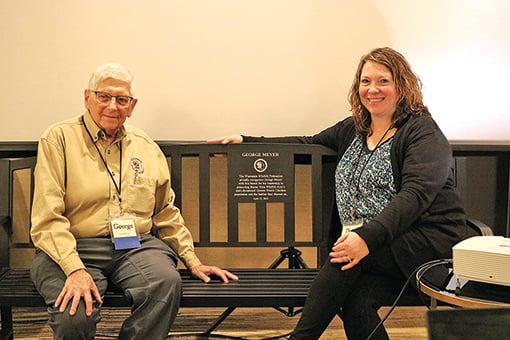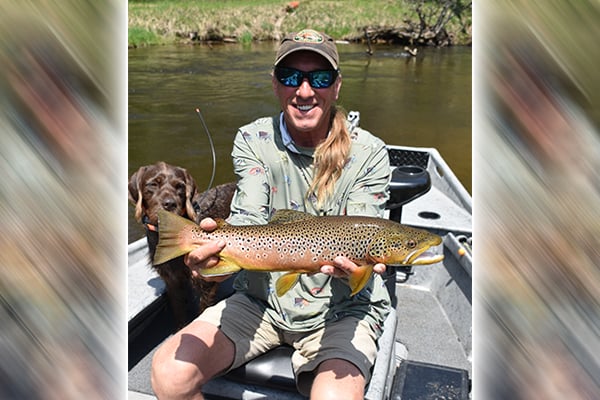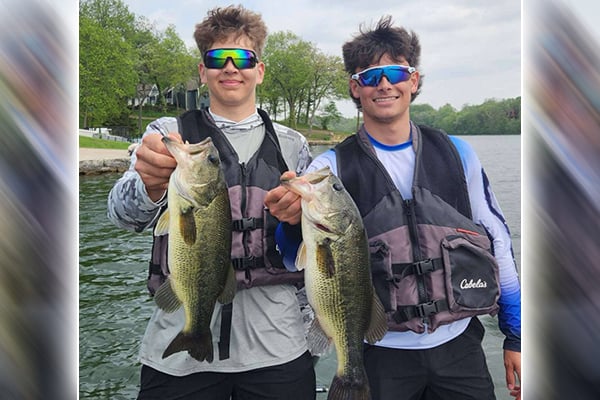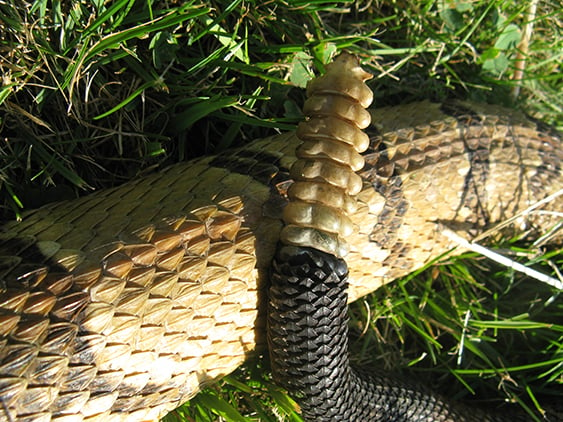Wisconsin Mixed Bag: Early catch-and-release inland trout season to run Jan. 4 through May 2 – Outdoor News
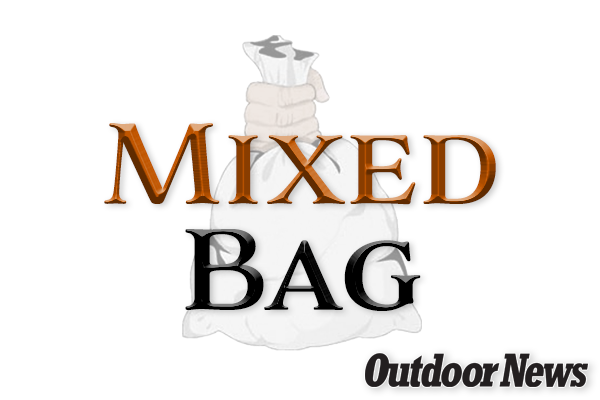
Madison — Wisconsin’s early catch-and-release inland trout season using artificial lures only started Jan. 4 and runs through May 2 on designated streams. Anglers are encouraged to reduce their reel and handling time with the fish as much as possible.
Early season anglers will need a 2024-2025 fishing license and an inland trout stamp, which are good until March 31. After April 1, anglers will need a 2025-26 license and inland trout stamp.
For a look at trout streams across the state, access the TROUT tool on the DNR’s inland trout fishing web page.
MORE COVERAGE FROM WISCONSIN OUTDOOR NEWS:
Perch resurgence on Green Bay? Anglers seeing best catches in years
Wisconsin DNR study shows reducing bag limits was ‘huge success’ in goal to grow bigger panfish
Wisconsin NRB takes up Minocqua chain, Lake Superior fish rules
Six of Eight Elk Hunters Tag Bulls
Black River Falls, Wis. — The state’s seventh elk hunt opened on Saturday, Oct. 12, and concluded Friday, Dec. 20, with six of eight state-licensed hunter shooting bulls.
The 2024 hunt represented a milestone in Wisconsin’s elk management since, for the first time, the Central Elk Zone was open to hunting. Previous hunts only occurred within the Northern Elk Zone in the Clam Lake area.
“It’s exciting that hunters have the opportunity to pursue elk in our home state,” said Christina Kizewski, DNR wildlife biologist and Central Elk Zone manager. “Each year, every hunter experiences something unique and memorable, but especially this year with the first opportunities to hunt elk in the Central Elk Zone. The fact that the population is now at a level that allows for a limited hunt underscores the successful management of Wisconsin’s healthy and growing elk herd.”
This year’s eight Wisconsin hunters were drawn from a pool of more than 25,500 applicants. The DNR received 17,761 applications to hunt in the Northern Elk Zone and 7,750 applications for the Central Elk Zone. Applicants must identify their management zone of choice during the application process.
All four Central Elk Zone four hunters shot a bull on the third day of the season. Two hunters in the northern zone shot a bull elk, including a 10-year-old mentored hunter. Chippewa tribal hunters filled a four-bull harvest declaration in the northern zone. The southern zone sits outside the ceded territory.
The 2025 elk application period (residents only) will open in early spring and run through May 31. For each $10 application fee, $7 goes toward elk management, habitat restoration, and research.
First Wild Deer CWD-Positive Test Result Confirmed in Menominee County
Shawano, Wis. — The DNR confirmed the first positive test result for chronic wasting disease (CWD) in a wild deer in Menominee County. The buck was shot within 10 miles of the borders of Oconto and Shawano counties.
The baiting and feeding ban for Menominee County, which was initially implemented in response to a CWD detection within 10 miles of the county, will start over and last three years.
Oconto and Shawano counties currently have three-year baiting and feeding bans in place from positive CWD detections within those counties. This detection will not impact those bans.
Menominee County’s boundaries are the same as the boundaries of the Menominee Indian Reservation. Tribal regulations ban the baiting of deer on the reservation; that ban will remain in effect.
State law requires that the DNR enact a three-year baiting and feeding ban in counties where CWD has been detected and a two-year ban in adjoining counties within 10 miles of a CWD detection. The state’s baiting and feeding ban in Menominee County applies to non-tribal members within the county.
Snowy Owl Seen in New Glarus
New Glarus, Wis. — A snowy owl was seen near the SSM Health Clinic in New Glarus on New Year’s Day. Observers were able to tell the owl is a female based on the color of her feathers. Male snowy owls tend to be mostly white, whereas the females have the brown-colored markings.
The DNR estimates more than 50 snowy owls had been verified in Wisconsin as of Dec. 12, 2024. An increase in sightings could be a sign of exceptionally large migrations known as irruptions. The more than 50 sightings is more than what was seen as of the same date in December 2023. However, the numbers are still lower than the last time Wisconsin saw an irruption of snowy owls.
Pheasants Forever-USFWS Sign Agreement
Springfield — The U.S. Fish and Wildlife Service announced a 10-year partnership with Pheasants Forever and Quail Forever to accomplish shared goals in managing grassland and upland habitats and promoting workforce development, education, and outreach.
Under the agreement, the triumvirate will develop a work plan through 2034. The agreement focuses on habitat improvements that may be implemented on lands managed by the National Wildlife Refuge System, as well as on private lands under the USFWS’s Partners for Fish and Wildlife Program and other conservation programs that are affiliated with the Farm Bill.
Lake Michigan Sea Lampreys Exceed Targets
Chicago — Sea lampreys exceeded abundance targets in 2024 in all five Great Lakes, but officials believe coming years will likely see levels of the destructive, invasive fish at or below goals.
On Lake Michigan, officials have established an abundance target of 20,526 adult lampreys. In 2024 the Lake Michigan index showed 25,000 adults, or 22% higher than the target, according to the USFWS.
Lamprey status was the focus of a Great Lakes Fishery Commission report that ranks the sea lamprey among the most destructive aquatic invasive species to enter Upper Midwest waters.


